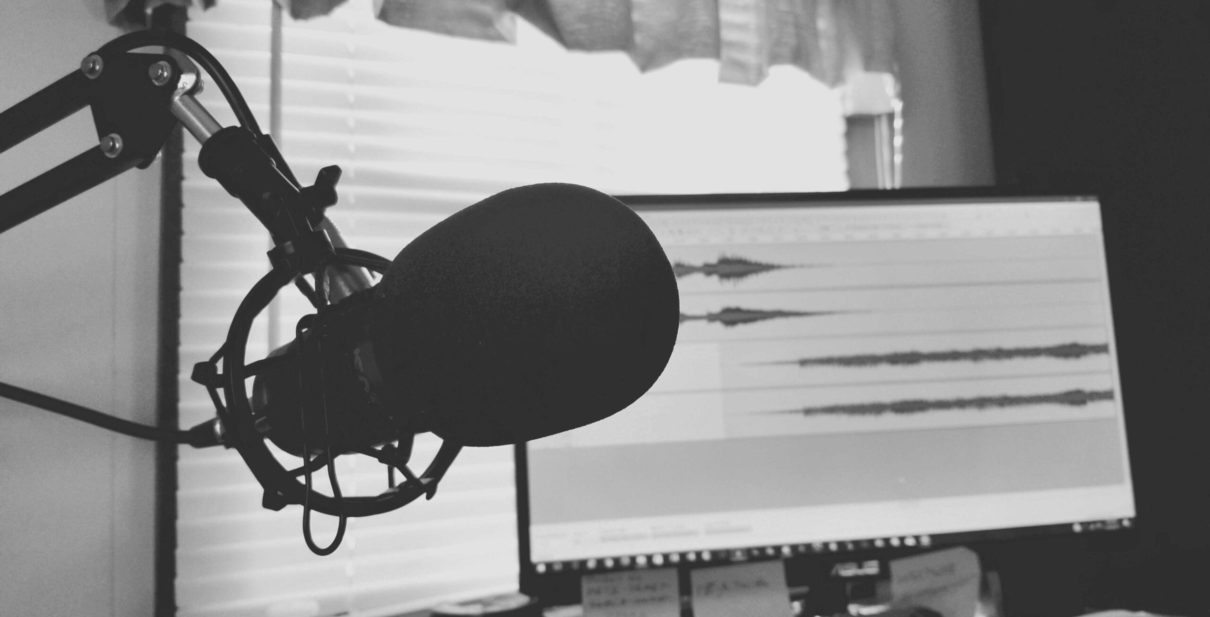Of late many marketers are realizing good audio can be equally effective as a great picture or video. Companies in B2B and B2C markets are using podcasts to engage customers using good old Radio chat format or just plain talk. Podcasting, simple put is audio records that can be accessed from anywhere. Podcasts can be around a product or service offered, talk about company’s culture or credibility building with case studies and experience sharing. Marriott Hotels, Shopify, IBM, GE and many more have successfully used podcasts as a means to reach out to prospective customers and differentiate their offerings. Podcasts are a great means to reach out to customer who may be more aural in their learning orientation. Podcasts are also useful vehicles to build communities of consumption for fashion, hosiery, education and advisory sectors.
Podcasts can come in many avatars. Most common ones are solo, co-hosted, interview, documentary, and round table format. Solo Podcasts have only one narrator who anchors the podcast. Keeping the narration peppy, interesting and experience or insight led are keys to successful solo podcasts. Co- hosted is the most widely used format wherein host(s) and guest go over a particular topic. $100 MBA, with its tongue in cheek banter, is a classic example for a co-hosted podcast. Co-hosted can be successfully used to position the experience of your company, its capabilities, share client stories or product innovations. Interview format typically has a senior executive interviewed by a host(s) and couple of specialists pouring ideas over a cup. Marriott Hotel’s “Behind the Design” is a classy and successful podcast where the hosts interview a variety of people, talk about various issues and contextualize the experience around hospitality. Interview formats work best when the objective is more about reach than substance. It also works best for user-driven content generation campaigns. Roundtable format is a large size replica of interview format, best suited to showcase multiple perspectives around a product or service or a topic. Documentary type podcast is usually used to trace the historical roots and expansions of a company or a product.
Whichever format is used, some common rules make a podcast sail above the rest. Some companies use an external artiste with a baritone voice for professional speaking, often to address company of origin effects. Others play authenticity as a card showcasing their senior executives presenting their products and services. A strong story telling experience with nuanced voice modulation and little theatricals work wonders. The general length of the podcast depends on the topic, but on an average it should range anywhere between 2 to 10 minutes. A Podcast will generally require more than a $50 USB Microphone and hosting plans that cost less than a sandwich. The Title, content and the length of a Podcast too are important factors to consider when you look at the type of listeners you are targeting. While scripting a podcast, ensure you have a great mix of emotions: humor; drama, and mystery. Chisel words carefully for effect, especially the closure. The Podcast can be hosted on popular platforms including: SoundCloud, followed by Podbean, BuzzSprout, Lisbyn, etc. Each have their own advantages and you can choose the one which best suits your needs. Podcasting platforms also come with analytics that can help you get finer insights. The content creators can now track more granular information including device level, city level and time of consumption.
Although Podcast won’t go viral like the images or the video, it surely can generate a sizeable number of downloads. To increase the virility of podcast companies may employ following strategies. Put a picture or a video with the Podcast. Example, Adam Carolla uploaded American images and videos so that Americans could beat the Brit. Secondly, put write SEO worthy content around your podcast. Titles play the deciding factor when a person wants to listen to a Podcast, so it is necessary to have a title that brings about interest in the topic being narrated. Distribution plays a major role in success of your podcast. ITunes has about a billion podcast subscriptions it would be a wise move to host your podcast as many people would end up seeing your content and this is a chance to get your content to go viral. Use other social media like Pinterest and LinkedIn to increase the reach and interest in your podcasts. Cross promotion with other Podcasters is also another way to draw traffic to your podcast. Finally, working with influencers, mostly paid is an approach that could be used to increase number of listeners. Sites like “Influence.co” lists the Influencers who could be actively engaged for this purpose. We can only brag and drum about our content for a certain while, and likes and feedbacks may not be helping you much. Succotosh, The Timbre and other sites offer 3rd party review of your podcast and fine tune your overall content and its packaging.
Podcast is an affordable and simple medium that works best for companies which do not have major investments into visual mediums. Combining Podcasts with other social media assets enables a company to pursue a comprehensive marketing strategy.
Vijay Krishna J, Junior Consultant (Marketing)

